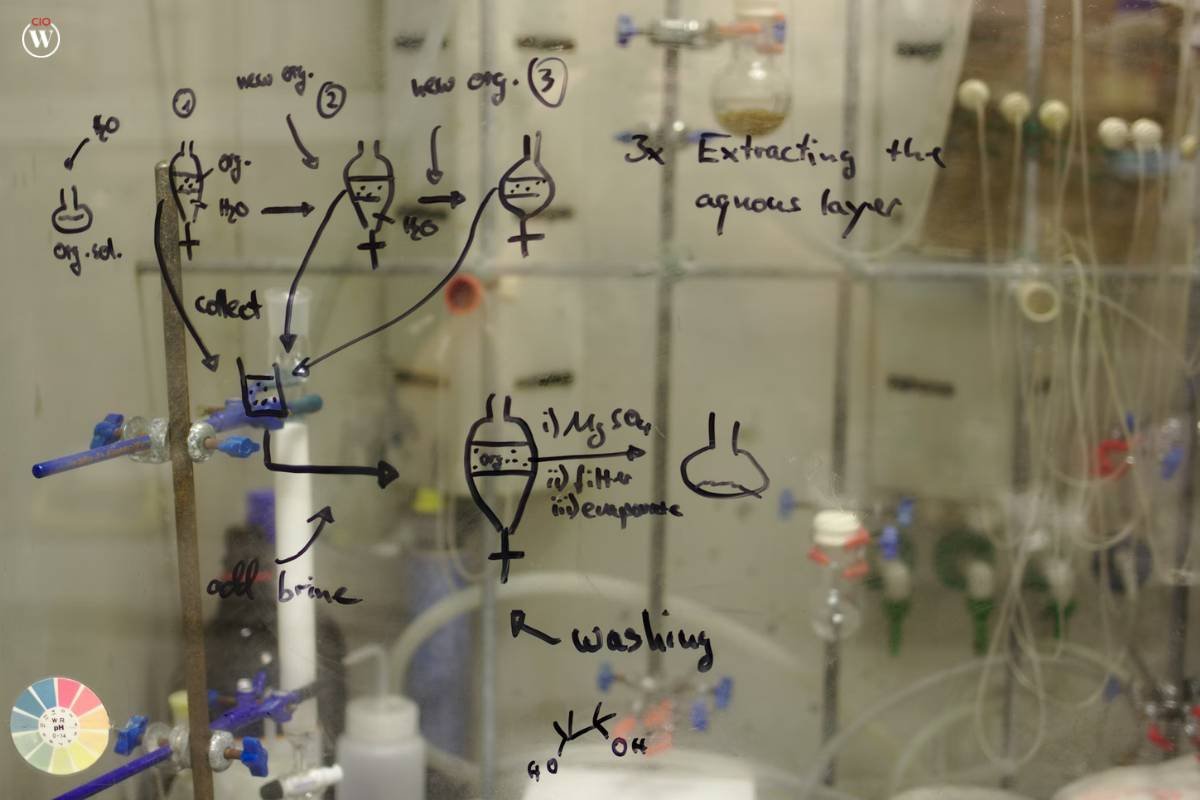University research labs should be better to remain relevant in the modern world. In the late 20th century, most of the major innovations took place in colleges, with academics working on their pet projects and producing some remarkable breakthroughs.
However, resources are now pouring into the private sector more than ever, with big companies taking the lead.
With that said, universities can fight back. The right combination of lab solutions and management can improve their research facilities to the point where they attract resources and funding once more.
Here are some strategies to improve university research labs:
1. Invest In State-Of-The-Art Equipment
The top priority for modern university research labs is to invest in the best equipment. Talented researchers want to know if they can make progress on their pet projects and develop them according to their ethics.
However, investing in the best equipment is not enough. You must also demonstrate you can maintain it. Academic researchers often want to take long-term positions to provide space for them to prove their ideas.
2. Create Shared Spaces
Another approach universities can use is to create so-called “shared spaces.” These are where multiple researchers from various disciplines work in the same area, sharing ideas.

This approach seems gimmicky, but it can facilitate the cross-fertilization of ideas. Scientists can take cues from their colleagues and try new things they might not have thought of before.
3. Improved IT Resources
Modern university research labs also need to invest in improved IT resources. That’s because the digital aspect of work in scientific research is growing in importance all the time.
IT resources should be fast, secure, and connected to the cloud. Computing resources should also provide sufficient power for researchers to conduct simulations and other data-intensive research that requires a lot of computational power. Most research now requires these tools and the prospect of adding AI assistance in the future.
4. Quality Management
Universities can also attract top talent away from leading businesses with quality management. Institutions that can run labs effectively are more likely to retain people.
Management should focus on ease of use. Labs should work seamlessly and offer services around the clock, no matter what time of day researchers want to use them.
Managers should also facilitate robust supply chains between the laboratories themselves and their suppliers. Creating a simple ordering system, for instance, can be a boon for workers.
It also helps to appoint someone with real-world experience of working in a lab. These individuals understand where the pain points are and how to solve them.
5. Grant-Writing Assistance

Universities can also increase the attractiveness of their labs by offering grant-writing support. These services can help researchers make the case for funding, letting them improve their research and do more detailed work.
Top universities regularly provide workshops and other events for staff to attend. These offer practical advice on how to embark on the grant application process successfully.
6. Partner With Industry
Finally, universities can try partnering with industry to increase their lab’s status. Working with top companies in the sector helps to attract more talent and resources.









